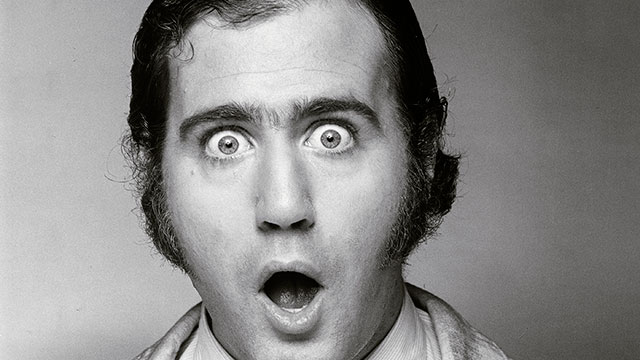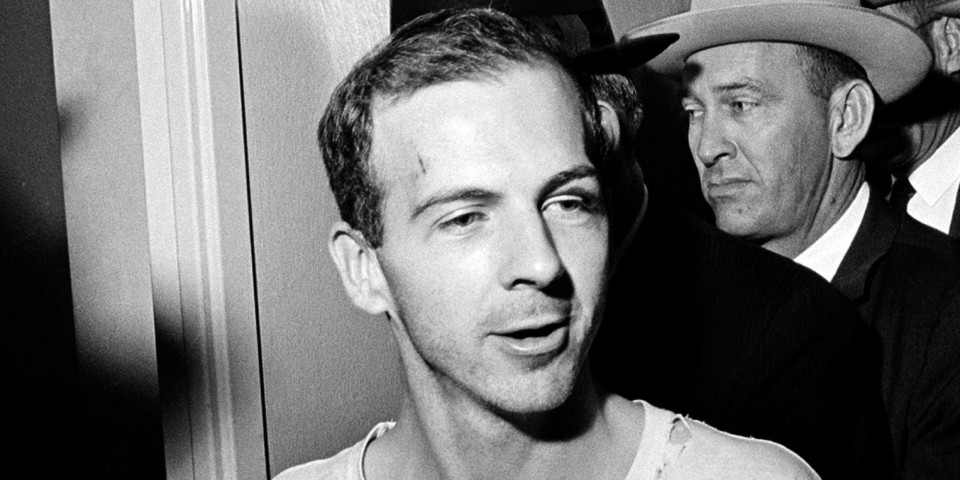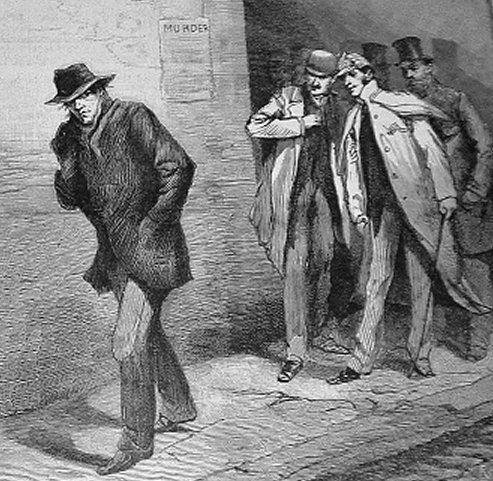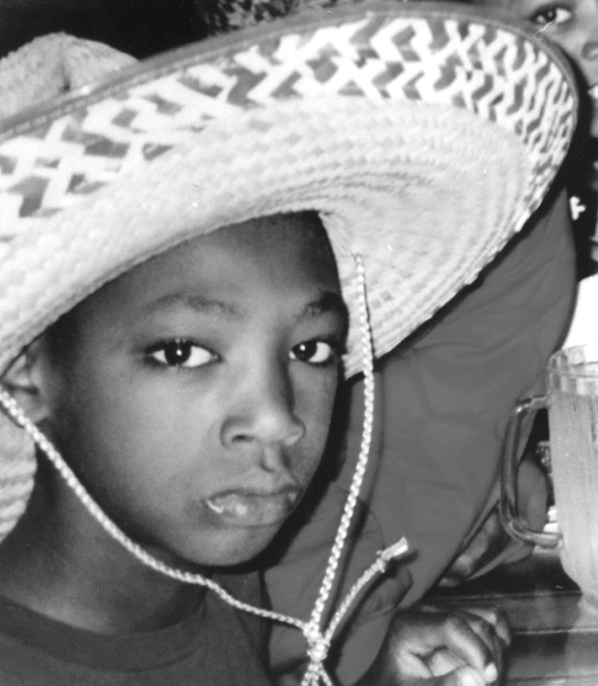 There are no empty beer cans or cigarette butts that can guide you to his grave. No crowds. No security guard. No graffiti on the neighboring headstones. Walk past Fishman and Waldman in Section One-4 of Beth David cemetery in Elmont until you reach a small bush with those little red berries that our moms all told us were poison when we were kids. Look down and you’ll see it.
There are no empty beer cans or cigarette butts that can guide you to his grave. No crowds. No security guard. No graffiti on the neighboring headstones. Walk past Fishman and Waldman in Section One-4 of Beth David cemetery in Elmont until you reach a small bush with those little red berries that our moms all told us were poison when we were kids. Look down and you’ll see it.
There is no bust of him in his Elvis getup, lip curled and hair coiffed. No statue of him standing awkwardly next to a phonograph, waiting to lip synch the Mighty Mouse theme song. No mention of his lounge-lizard alter ego Tony Clifton or the lovably incompetent Latka Gravas or the sword-swallowing fakir. No mention of his profession at all. No sign of what he was or who he was. Just a slab of granite, sticking six inches above the ground at the front of the Kaufman-Bernstein family plot, etched with the words “beloved son, brother and grandson.”
Andy Kaufman’s body is supposed to be lying six feet below this hunk of stone. Nobody’s sure whether to believe that or not.
The greatest prankster Hollywood had ever seen, Kaufman left every audience he played asking one question: “Was that for real?” He conned news agencies, press conferences, national television audiences. He hired cops to bust up his gigs. He stood outside Carnegie Hall in a mad-man-rags disguise holding a sign that read “Andy Kaufman=Antichrist.” The show sold out. He fooled David Letterman into thinking wrestler Jerry Lawler had really broken his neck and slapped him silly. Having the world think he was dead would be his greatest prank of all.
Fifteen years ago at the Nassau Funeral Home inGreat Neck, Bob Zmuda stood over the casket of his best friend and wondered the same thing. Well-wishers approached Kaufman’s longtime writing partner and begged Zmuda to let them in on the joke—Andy wasn’t really dead, and this gig in Great Neck would be the performance of his career.
But Zmuda, a guy who risked life and limb helping Andy execute pranks across the globe, was sitting this one out.
“He had talked about faking his death to me,” Zmuda recalls. “I told him, ‘Count me out. It’s illegal and this is one prank you have to do on your own.’ He got the hint from Elvis. He was always looking for the ultimate hoax. You don’t get better than faking your own death.”
Andy had often said he would fake his own death and come back when he was 50. He was born in 1949. What better time to return than when your name will be on the lips of everyone in Hollywood? That would be around Christmas, when Man on the Moon, a biopic of Kaufman directed by Milos Forman, starring Jim Carrey and featuring music by R.E.M., hits the theaters.
Zmuda says he never saw the body, fearing that a lasting image of his best friend’s cancer-ridden body, his shaved head and skin-and-bones stuffed in a box, would have freaked him out too much. He stayed in the back of the funeral parlor as his friend Joe Troiani poked the body. He says Troiani still wonders if the body he jabbed was real or wax because he didn’t know what a dead body was supposed to feel like.
If Kaufman isn’t lying underneath this pitch of earth in Elmont, then where would he be? Where would he have gone all these years? Elvis went to truck stops. Jim Morrison went to Africa. Maybe Andy went home.




 Australian director Matthew Bate has created an excellent short film that combines animation, still photos, found videos, and interviews to try to answer the question of why you see shoes hanging from powerlines. He gets answers from across the globe, ranging from sex and death to religion and drugs.
Australian director Matthew Bate has created an excellent short film that combines animation, still photos, found videos, and interviews to try to answer the question of why you see shoes hanging from powerlines. He gets answers from across the globe, ranging from sex and death to religion and drugs. 

